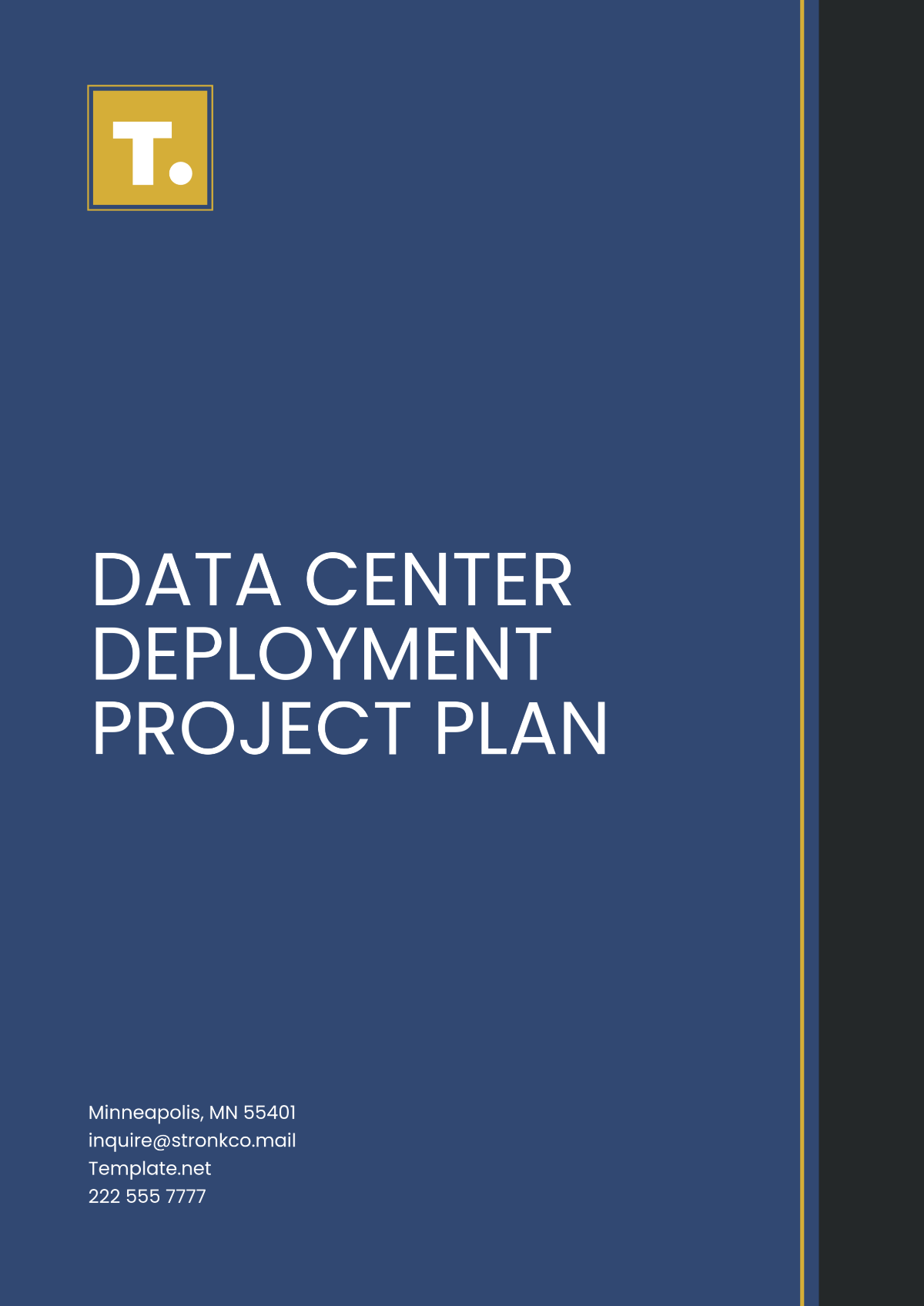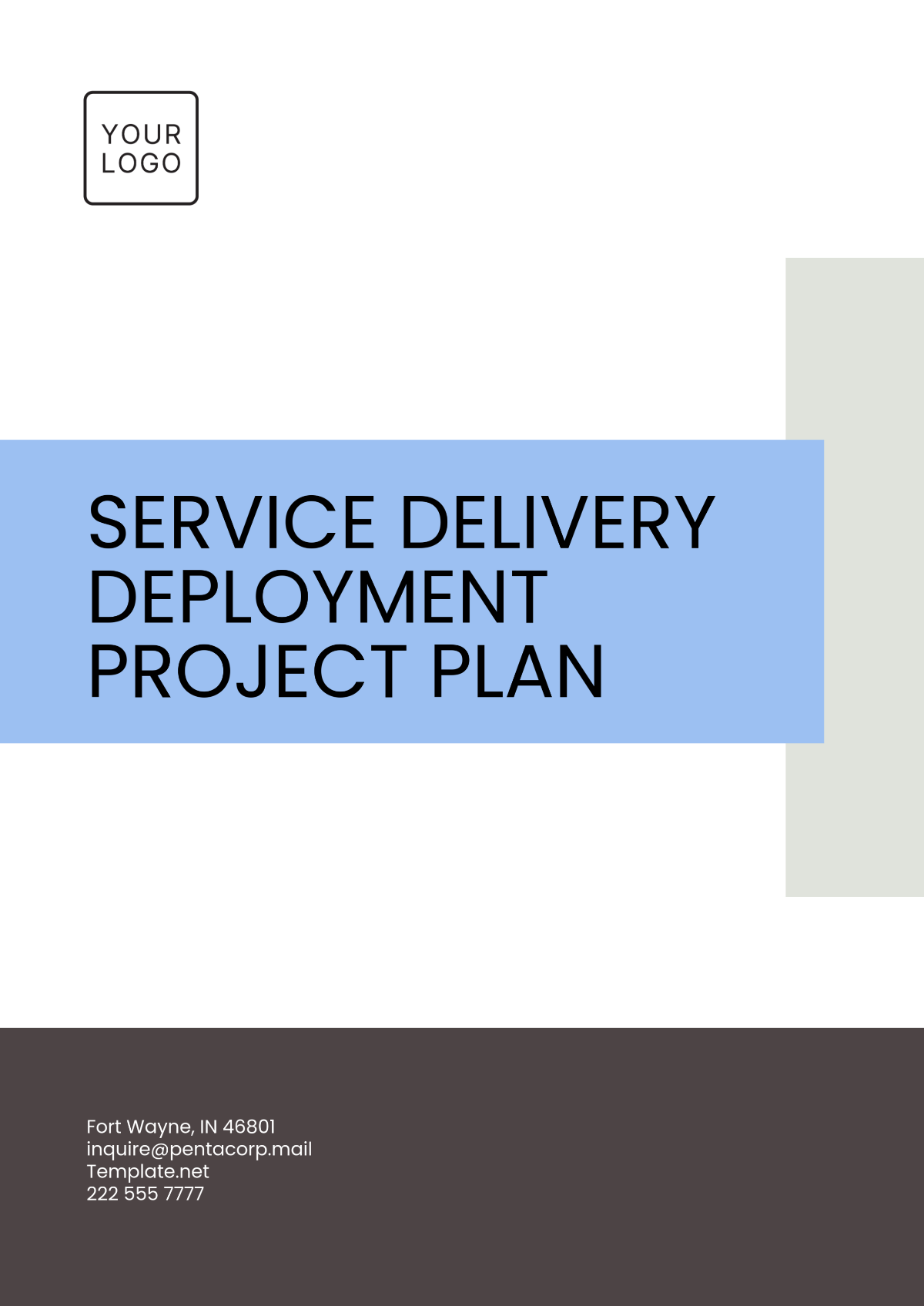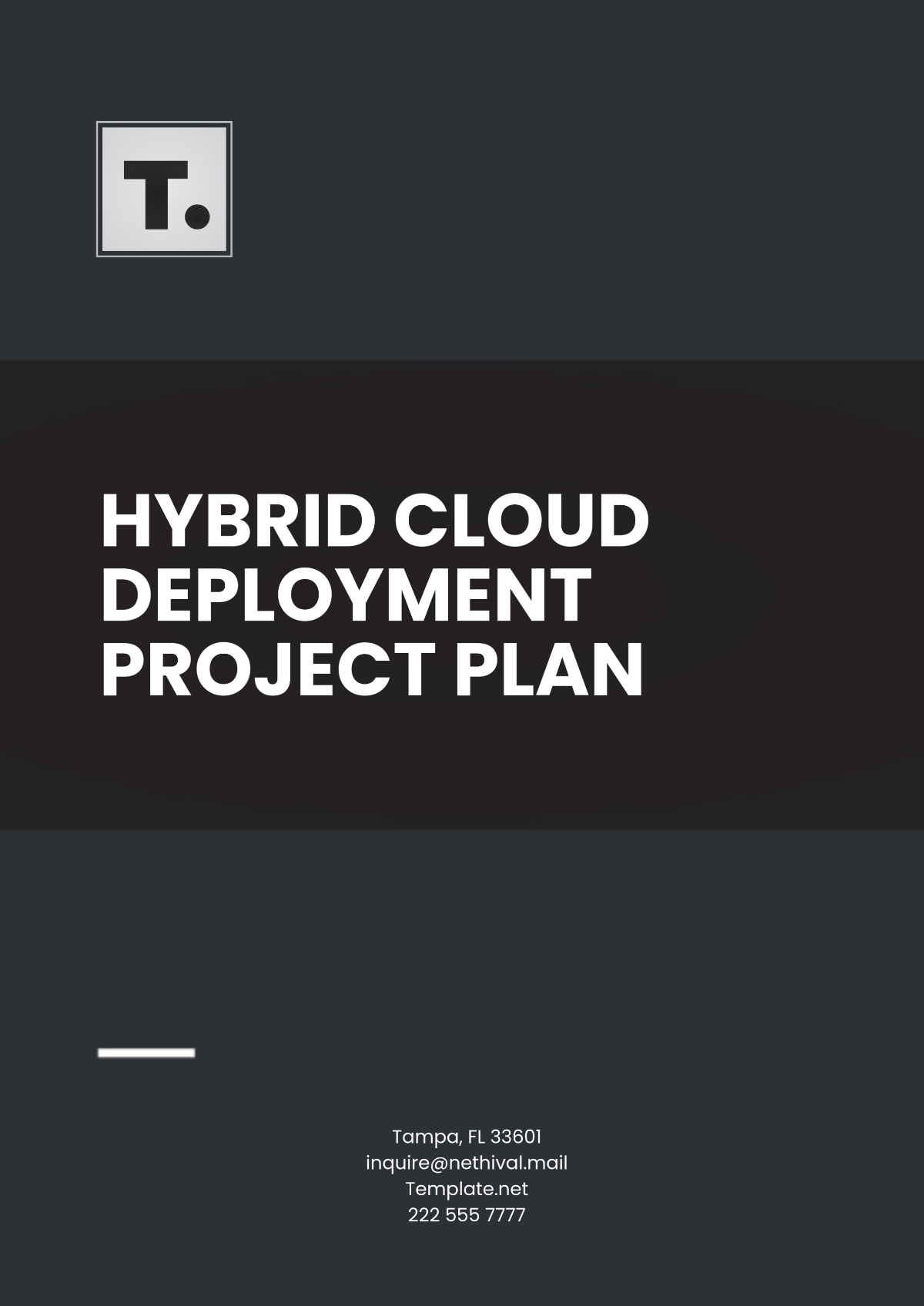Data Risk Project Specification
Prepared By: [YOUR NAME]
Date: [DATE]
I. Introduction
The Data Risk Project aims to identify, manage, and mitigate risks related to data security, integrity, privacy, and compliance throughout the project lifecycle. The primary objective is to implement effective risk management strategies to ensure the confidentiality, integrity, and availability of data, thereby protecting sensitive information and complying with legal and regulatory requirements.
II. Scope
Data Security: Safeguard data by implementing advanced encryption, stringent access controls, and regular security updates to prevent unauthorized access and breaches, thereby maintaining data integrity.
Data Integrity: Maintain data accuracy and consistency with robust validation processes, regular integrity checks, and prompt correction of discrepancies.
Data Privacy: Safeguard personal and sensitive information by anonymizing and encrypting data, enforcing strict access policies, and complying with privacy laws.
Compliance: Ensure adherence to legal and industry standards like GDPR, HIPAA, and CCPA through regular audits and updated practices.
III. Risk Assessment
A. Identification
Unauthorized Access or Data Breaches: The risk of unauthorized persons gaining access to confidential information or systems, possibly leading to data theft or disclosure.
Data Corruption or Loss: Possibilities of data becoming inaccurate, corrupted, or lost due to system failures, human error, or malicious attacks.
Inadequate Data Encryption: Risks associated with insufficient encryption methods that fail to adequately protect data at rest and in transit.
Non-Compliance with Data Protection Laws: Risks related to failing to adhere to relevant data protection regulations and standards, could result in legal penalties and damage to reputation.
B. Analysis
Analyzing the identified risks involves assessing their likelihood and impact. We will categorize risks based on this analysis to prioritize mitigation efforts. A risk matrix may be used, for instance:
Risk | Likelihood | Impact | Priority |
|---|---|---|---|
Unauthorized access | High | Critical | High |
Data corruption | Medium | High | Medium |
IV. Mitigation Strategies
To effectively manage and mitigate the risks that have been identified, we propose to implement the following set of strategies:
Enhance Access Controls and Authentication: Implement advanced access control systems and multi-factor authentication to ensure only authorized personnel can access sensitive data and systems.
Conduct Regular Data Backups and Integrity Checks: Schedule frequent data backups and perform integrity checks to ensure data is consistently accurate and recoverable in case of loss or corruption.
Utilize Robust Encryption Techniques: Utilize advanced encryption techniques to safeguard data while stored and during transmission, guaranteeing its security against unauthorized access.
Establish and Enforce Comprehensive Data Handling Policies: Create and enforce data protection policies compliant with regulations, and ensure ongoing staff training and adherence.
V. Compliance Requirements
The project is required to strictly follow and comply with the comprehensive set of regulations and standards that are outlined and detailed in the following sections.
General Data Protection Regulation (GDPR): EU regulation that enforces strict data protection and privacy rules, including requirements for consent and breach notifications.
Health Insurance Portability and Accountability Act (HIPAA): U.S. law setting standards for safeguarding sensitive patient health information and ensuring privacy.
California Consumer Privacy Act (CCPA): California law gives residents rights to access, delete, and opt out of the sale of their data, with transparency and protection requirements for businesses.
ISO/IEC 27001: Information Security Management: Global standard for creating and maintaining an effective information security management system (ISMS) to protect data assets.
Compliance checks will be incorporated at every stage of the project lifecycle to ensure continuous adherence to all relevant standards, regulations, and guidelines, thereby maintaining consistent compliance throughout the project.
VI. Roles and Responsibilities
Project Manager: Leads and coordinates the entire risk management process, ensuring that all risk-related activities are executed efficiently and aligned with project objectives.
Data Protection Officer (DPO): Oversees compliance with data protection regulations, manages data protection strategies, and ensures the organization meets legal and regulatory requirements.
IT Security Team: Designs and enforces security controls, monitors for threats and vulnerabilities, and responds to security incidents to protect data integrity and confidentiality.
Legal Advisor: Provides expert guidance on legal compliance, reviews and updates policies to align with regulatory standards, and advises on legal implications of data management practices.
VII. Timeline and Milestones
Key dates and deliverables include:
Milestone | Date |
|---|---|
Risk Assessment Completion | Month 1 |
Implementation of Mitigation Strategies | Month 3 |
First Compliance Review | Month 6 |
Ongoing Monitoring and Reporting Begins | Month 6 onward |
VIII. Monitoring and Reporting
Regular Audits and Assessments: Conduct systematic audits and assessments to verify ongoing compliance with regulations and identify areas for improvement in data risk management.
Monthly Risk Management Reports: Generate detailed monthly reports that provide an overview of risk management activities, status updates, and any emerging issues or trends.
Immediate Incident Reporting: Implement procedures for prompt reporting and response to any data breaches or security incidents, ensuring swift action to mitigate potential impacts.
Periodic Review of Mitigation Strategies: Regularly evaluate the effectiveness of mitigation strategies and make necessary adjustments to enhance their efficiency and address evolving risks.

















































